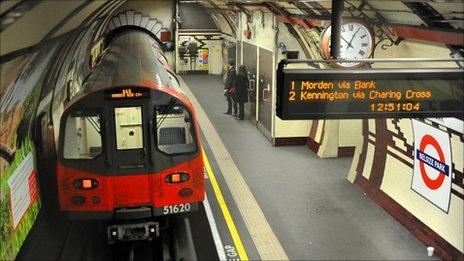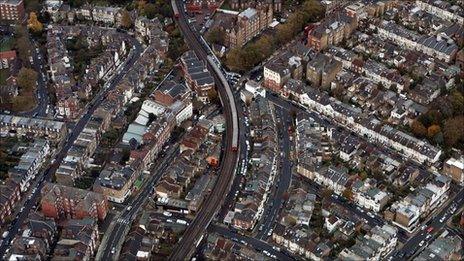When is a delay not a delay? When you're on the Tube
- Published
- comments
Delays are common on the Tube.
But how does London Underground (LU) decide whether to say a line has "minor delays" or "severe delays"?
I'm told that previously it was to some degree down to the discretion of staff in the control room. But now, a new set of rules has been distributed to standardise the process.
What the documents show is that feasibly you could be waiting for a train in rush hour for 10 minutes and only then will LU say the line has "minor delays".
So, a nine minute delay could still be deemed a good service.
Consistent information
Outside rush hour on many lines that could be even more, with a 15 minute leeway before LU declares a minor delay.
Severe delays could be declared after 15 minutes in rush hour, or after 20 minutes off-peak.
On the newly upgraded Jubilee Line, though, the standards are much tougher with a minor delay in peak being declared after five minutes.
LU says there is still discretion in the system so those figures could be lower - and the aim of this is to provide consistent information.
Insiders have said to me they think it's being introduced so LU don't have to put "delays" on the boards as often. That's disputed by LU.
Does it matter what the threshold is set at?
- Published13 September 2011

- Published26 July 2011

- Published11 April 2011